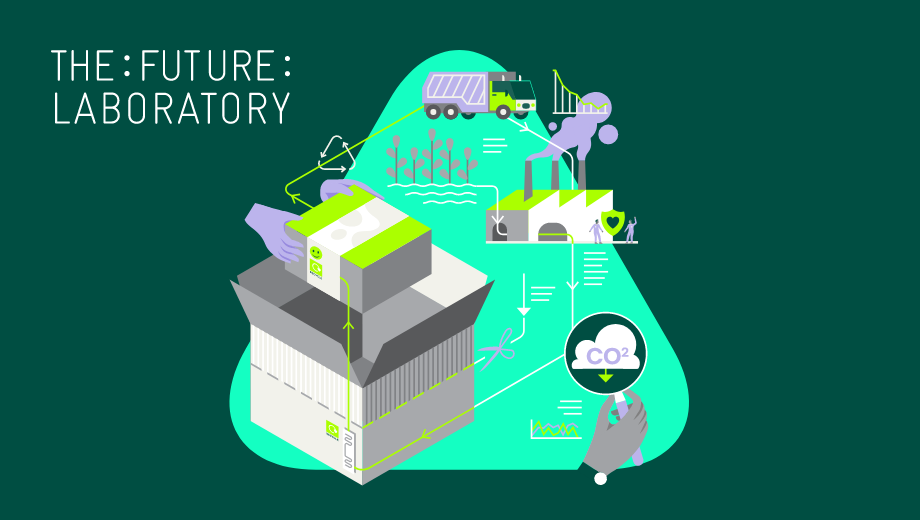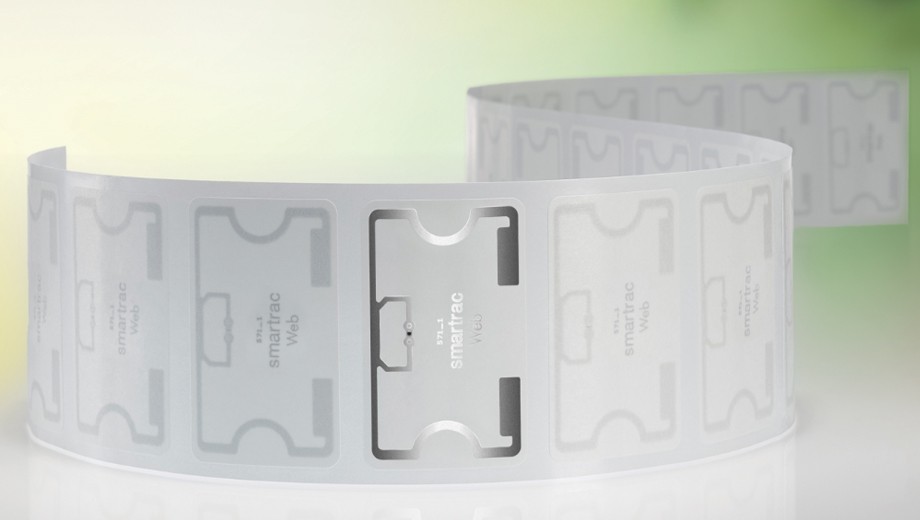On February 10, 2020, the French law regarding a ‘Circular Economy and the Fight Against Waste’ was enacted after months of discussion. The law aims to eliminate waste and pollution from the design stage and transform the system of production, distribution, and consumption from a linear to a circular economic model. It encourages businesses across various sectors to eliminate waste and adopt more circular practices. The milestones for the law are as follows:
- March 2021 - The banning of Polystyrene containers (commonly used in independent takeaways) as well as plastic cutlery and straws
- March 2022 - Selling selected fruits and vegetables in plastic packaging for portions under 1.5 kilograms becomes illegal
- 2023 - Fast-food restaurants will no longer be allowed to use disposable plates and cups for on-premises consumption of food and beverages.
- 2025 - An objective set by law for recycling 100% of all plastics
- 2040 - A ban on all single-use plastic packaging will be in place by 2040
We talk to Karl Achte, Market Development Manager, RFID Food, Avery Dennison, about the crucial role that technology will have to play in helping retailers and the quick service restaurant (QSR) sector adapt to the changes which are also fast becoming the norm across the world.
What do you see as the biggest challenge that these two sectors face?
Firstly, I think it’s important to stress that the law presents a huge opportunity for both retailers and the QSR sector. This begins with the fact that it will necessitate a closer relationship with their customers. Processing reusable packaging normally necessitates that customers either pay a deposit upfront or that they register to use it in some way via an app. Whichever method is used, it increases the touchpoints that a business has with their customers. Clearly, if customers are keen to use an app to do this, then that is also an opportunity to provide them with incentives and capture valuable data. Right now, the biggest challenge is deciding what kind of scheme to adopt. 2023 is not far away and it's vital that over the next year the building blocks are put in place.
How does digital ID technology make the development of reusable packaging possible?
Reusable packaging and containers have to be good quality and go through hundreds of wash and return cycles. Retailers and QSRs may not have the capability to clean containers on-site so might need to outsource this capability. They also need to reconcile stock and ensure that clean packaging is always on hand. There are also the challenges identified above of ensuring that customers return packaging and not take it home with them, or worse, dispose of it offsite. UHF RFID-based inventory management has both bases covered. From the consumer standpoint it is easy for an individual cup or item of packaging to be assigned to a person at the till. Then after use, the customer simply drops the item into a smart bin with the refund being processed automatically back to an app or in cash. Both McDonalds and Starbucks are trialing such an approach. From a business perspective it is possible to scan inventory out and back in again on a pallet-by-pallet basis. Proper inventory management means that each store will always know their packaging stock level and can direct cleaning companies as needed.
What other digital identification technologies are there aside from UHF RFID?
Unique packaging identities can also be assigned using QR codes and Near Field Communication (NFC). In the case of QR codes it is marginally cheaper than RFID and QR can also point to additional product and nutritional information which can add to the consumer experience. But it comes with a level of friction – rather than just dropping a packaging item into a bin after use, a consumer would have to scan it. It would also be harder to track inventory levels on a pallet-by-pallet basis such as you could with RFID. Given that RFID tags cost just a few cents and we are aiming for cups to be re-used hundreds of times, then the advantages of RFID over other technologies becomes clear.
What other legislation do retailers and QSRs need to be aware of?
The legislation is slightly ahead of other countries in Europe when it comes to compliance with the EU Single Use Plastics Directive. Member States had until 3 July 2021 to transpose this Directive into national law and have already mandated EU-wide bans for 15 items including plates, cutlery, straws, food and beverage cups or containers made of expanded polystyrene from 3 July 2021. It also mandates labeling requirements, including on the presence of plastic and impact on the environment, for beverage cups, menstrual items, wet wipes and tobacco products.
However, legislation is not the only answer to solving the circularity challenge. Many retailers are implementing schemes globally regardless of whether they are being ‘forced’ to or not. In the UK, Tesco has recently introduced 'The Reuse Station' which enables customers to return branded containers and receive their deposit back by way of an app. In Chile, a start up called Algramo is working with consumer goods companies including Unilever, Purin and Walmart. Users can order what they need and pay via an app, before refilling their containers either from an electric tricycle at their door or at an in-store vending machine. All these schemes have massive potential and should mean that there becomes a commercial imperative to these schemes, not just the ‘stick’ of legislation.



